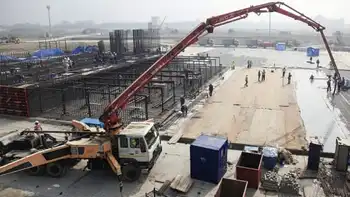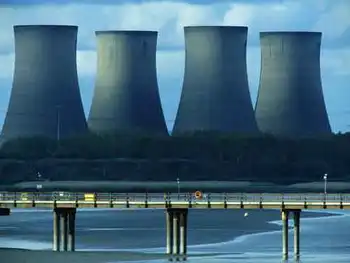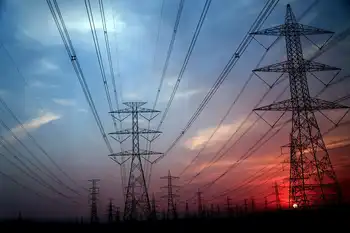Electrifying: New cement makes concrete generate electricity

CSA Z463 Electrical Maintenance -
Our customized live online or in‑person group training can be delivered to your staff at your location.

- Live Online
- 6 hours Instructor-led
- Group Training Available
Cement-Based Conductive Composite transforms concrete into power by energy harvesting via triboelectric nanogenerator action, carbon fibers, and built-in capacitors, enabling net-zero buildings and self-sensing structural health monitoring from footsteps, wind, rain, and waves.
Key Points
A carbon fiber cement that harvests and stores energy as electricity, enabling net-zero, self-sensing concrete.
✅ Uses carbon fibers to create a conductive concrete matrix
✅ Acts as a triboelectric nanogenerator and capacitor
✅ Enables net-zero, self-sensing structural health monitoring
Engineers from South Korea have invented a cement-based composite that can be used in concrete to make structures that generate and store electricity through exposure to external mechanical energy sources like footsteps, wind, rain and waves, and even self-powering roads concepts.
By turning structures into power sources, the cement will crack the problem of the built environment consuming 40% of the world’s energy, complementing vehicle-to-building energy strategies across the sector, they believe.
Building users need not worry about getting electrocuted. Tests showed that a 1% volume of conductive carbon fibres in a cement mixture was enough to give the cement the desired electrical properties without compromising structural performance, complementing grid-scale vanadium flow batteries in the broader storage landscape, and the current generated was far lower than the maximum allowable level for the human body.
Researchers in mechanical and civil engineering from from Incheon National University, Kyung Hee University and Korea University developed a cement-based conductive composite (CBC) with carbon fibres that can also act as a triboelectric nanogenerator (TENG), a type of mechanical energy harvester.
They designed a lab-scale structure and a CBC-based capacitor using the developed material to test its energy harvesting and storage capabilities, similar in ambition to gravity storage approaches being scaled.
“We wanted to develop a structural energy material that could be used to build net-zero energy structures that use and produce their own electricity,” said Seung-Jung Lee, a professor in Incheon National University’s Department of Civil and Environmental Engineering, noting parallels with low-income housing microgrids in urban settings.
“Since cement is an indispensable construction material, we decided to use it with conductive fillers as the core conductive element for our CBC-TENG system,” he added.
The results of their research were published this month in the journal Nano Energy.
Apart from energy storage and harvesting, the material could also be used to design self-sensing systems that monitor the structural health and predict the remaining service life of concrete structures without any external power, which is valuable in industrial settings where hydrogen-powered port equipment is being deployed.
“Our ultimate goal was to develop materials that made the lives of people better and did not need any extra energy to save the planet. And we expect that the findings from this study can be used to expand the applicability of CBC as an all-in-one energy material for net-zero energy structures,” said Prof. Lee, pointing to emerging circular battery recycling pathways for net-zero supply chains.
Publicising the research, Incheon National University quipped: “Seems like a jolting start to a brighter and greener tomorrow!”











